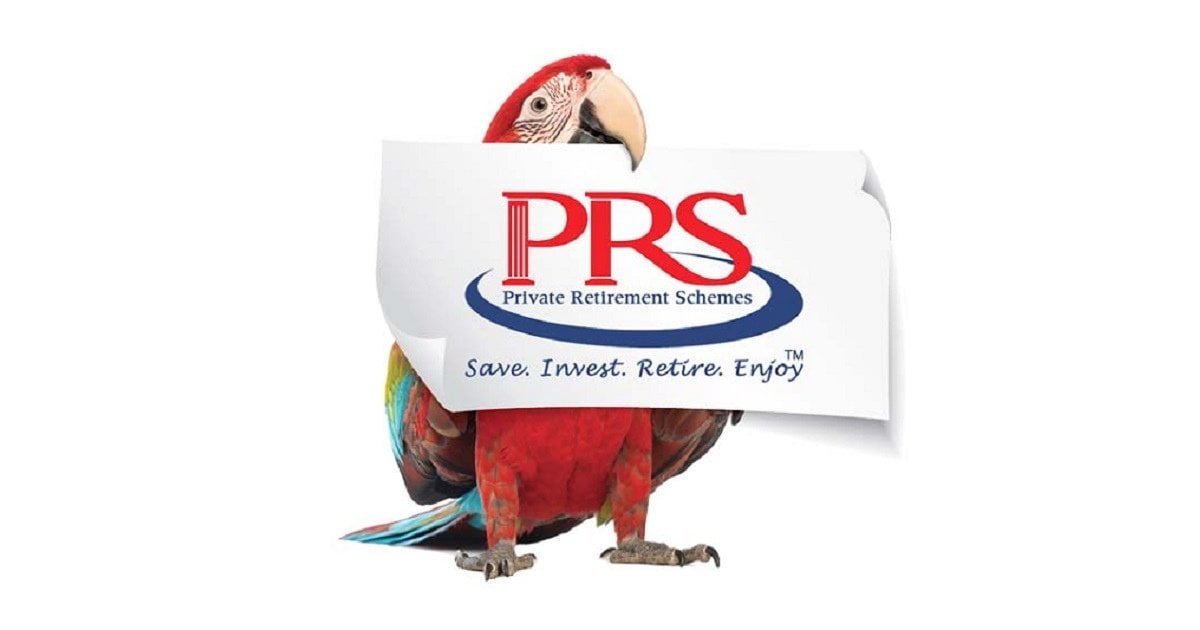Desiree Nair
25th April 2017 - 4 min read
Does Everyone Need A Budget?
Yes, we all do. A budget can help you save effectively, spend reasonably, meet your money goals, cut out redundancies and essentially make the most out of your money. It’s one of the most essential tools you can have to manage your finances in the best way.
People are apprehensive about budgeting because they might believe that the process is tedious or a waste of time. But that could not be further from the truth and to prove it, here’s our easy, four-step plan to building a budget that anyone can follow:

1. Tally Your Total Monthly Income and Expenses
Start by calculating how much you are actually earning each month after taxes and statutory contributions. Don’t forget to add your passive income, for example, from property lettings as well as other side earnings.
Once you have the income figure, list and calculate your monthly expenses as well. Write down your loan repayments, utilities, estimate credit card bills, childcare and rental payments. You’ll also want to estimate what your essentials like food, petrol, groceries and toll are costing you on a monthly basis.
If you can’t accurately gauge just how much you are spending every day, start tracking your budget daily for at least one week. It’s a bit of work but this way you’ll have a more accurate take on your day-to-day expenses.
The more precise your budget, the better chance you have of effectively managing your money!
2. Find Out How Much You Have Left Over Each Month
Weigh your income against your expenses and tabulate what’s left. Use this simple formula to calculate the balance:
*Total Income – Total Expense = Balance. *
If you’re balance is zero, a negligible amount (less than RM50) or a negative figure, where you are earning less than you are spending, this could indicate that you are headed for debt.
At this rate, not only are you unable to save, you are possibly overspending. If you are using credit cards to supplement cash shortfalls or borrowing to cover monthly expenses, then you need to make changes to your budget to get out of this rut.
Take a look at your budget and cut any unnecessary spending, make it a priority to pay off your credit card bills and look for ways to bring in more cash.
If you do in fact have money left over, that is a good sign! You are likely making enough money to cover expenses. Check out the next step to see how a budget can help you make the most out of your excess.

3. Create a Plan
A big part of working out a plan is to manage spending, for this you can try the ‘Jar Method’ which is strict but effective especially when repaying debt or saving for a certain goal.
Take four jars and label them. One for ‘Essentials’ which should cover food, transport and daily necessities; ‘Groceries’ for home supplies and sundries, ‘Entertainment’ for movies and going out; and ‘Miscellaneous’ for others such as clothes or surprise expenses.
What you do is fill the each jar with enough money to cover these expenses for the month or week. Tallying your expenses in step 1 should tell you how much each expense should cost you. Fill it with just enough and no more.
Once the money runs out in the Entertainment jar for instance, it means you’ll just have to wait till the next month when the jar is refilled. You will have to be flexible with the Essentials jar though, because even if it runs out, you’ll still need to replenish it. Nevertheless, the presence of the jars should inspire you to make better, more cost-efficient choices with your daily spending.
4. Stick to the Plan
There’s no point in creating a budget if you can’t stick with it. This is why your plan needs to be rooted in practicality and convenient to follow.
It’s best if you can set aside a bit of time each week to go over your spending and to evaluate if you are able to stick to the plan. We recommend using a tracking method that you are most comfortable with i.e., a spreadsheet, budget app or basic pen and paper.
Another way you can keep to your budget is by spending responsibly with a credit card that gives you cash back when swiping. Moreover, you can easily trace and track expenses from your bill.
Don’t have a card or simply looking for a better one? Then check out our comparison page to discover a card with the best rates and terms.








Comments (0)